Omega and the Olympics: Timekeeping’s longest marathon
As Omega marks its 92nd year as Olympic timekeeper, we delve into the evolving relationship between precision and sport
AS THE WORLD TURNS ITS eyes to Paris for the 2024 Olympic Games, a less visible but equally crucial participant will be marking its 92nd year of Olympic service: Omega.
The Swiss watchmaker has been the Games’ official timekeeper since 1932, a partnership that has outlasted more than a few nations’ political regimes and witnessed the transformation of amateur athletics into a global spectacle.
At the Tokyo 2020 games, more than three billion viewers – or just under 40 per cent of the global population – tuned in to watch live coverage, making it the second most-watched sporting event after the Fifa World Cup.
This enduring relationship between Omega and the Olympics raises intriguing questions about the nature of time, sport and technological progress. For example, how has the measurement of athletic performance evolved over nearly a century? And what does it mean for a luxury watch brand to be so intimately connected with the world’s premier sporting event?
From stopwatches to sensors
In 1932, when Omega took on its first Olympic timekeeping duties in Los Angeles, its arsenal consisted of 30 high-precision stopwatches. An Omega watchmaker travelled from the company’s headquarters in Bienne to the City of Angels with those 30 timekeepers in tow. Each piece was accurate to one-tenth of a second, and was also equipped with a split-second function that allowed intermediate times to be recorded.
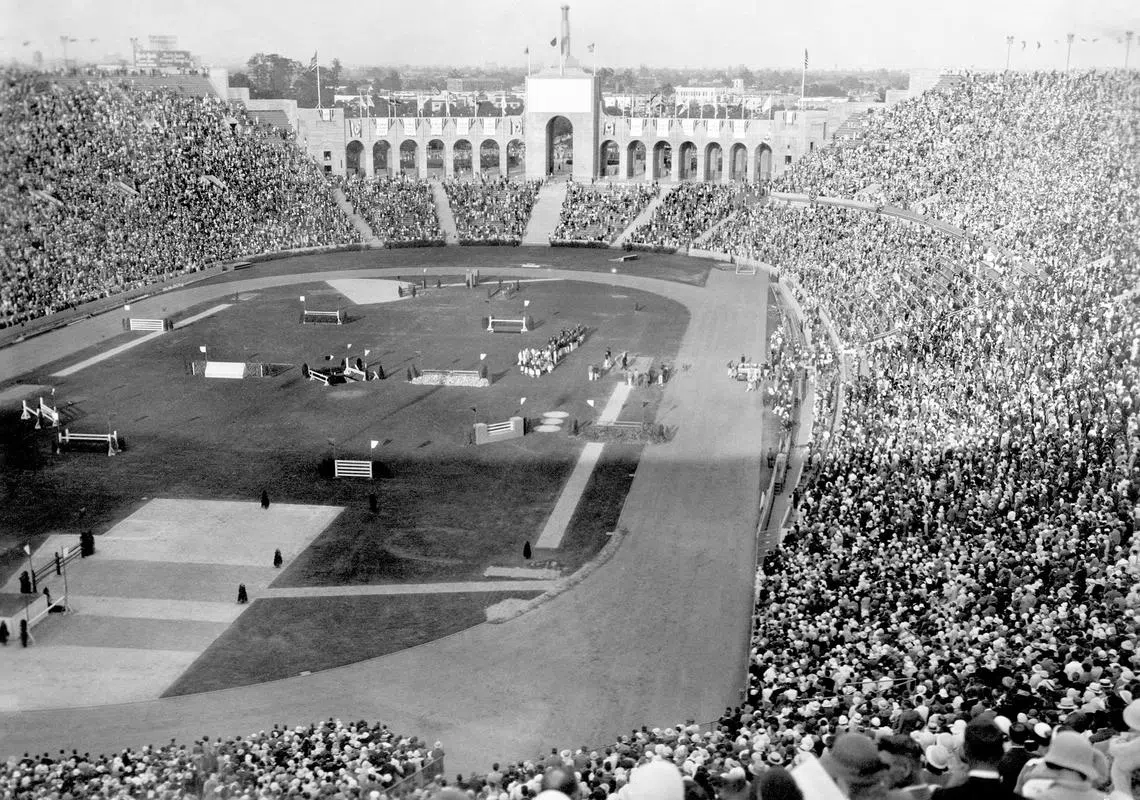
Fast-forward to today, and the company deploys hundreds of professionals and tonnes of equipment, including sensors, cameras and starting blocks that would seem like science fiction to those early timekeepers. At Tokyo 2020, Omega supplied no less than 530 timekeepers and 400 tonnes of equipment.
This evolution not only mirrors the broader technological improvements in society, but it also reflects shifting attitudes towards sport itself. As the margins between victory and defeat have narrowed, the demand for ever-more precise measurement has grown.
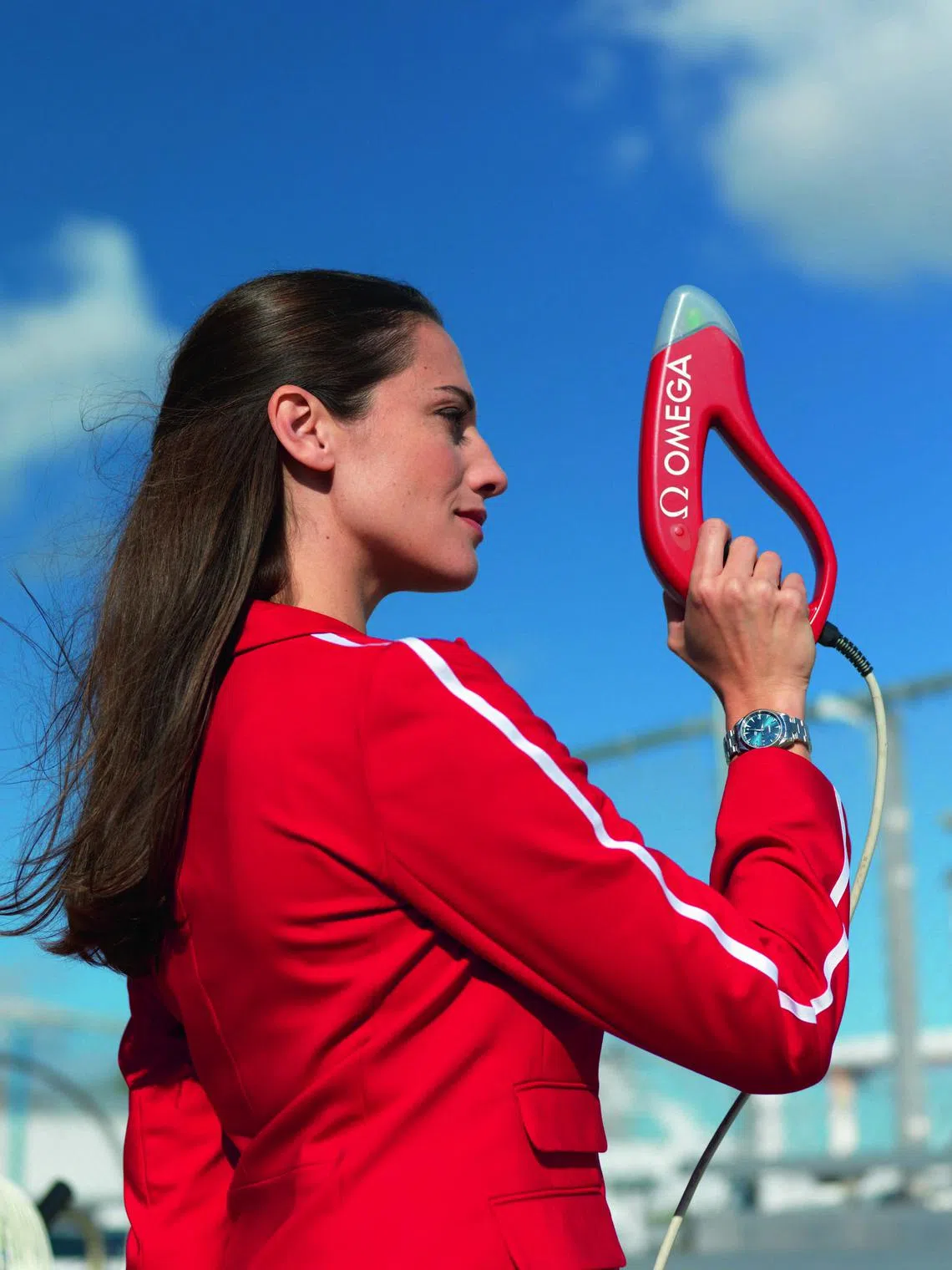
In 1948, at the London Olympics, Omega unveiled the first photo-finish camera, capable of capturing finishes to 1/1000th of a second. This innovation eliminated much of the uncertainty in close finishes, particularly in track events.
Another milestone came in 1968 at the Mexico City Olympics, where Omega introduced touchpads for swimming events. This technology, which is still in use today, allows swimmers to stop their own time by touching the wall, eliminating the need for human timekeepers and significantly reducing the margin for error.
These innovations have not just recorded athletic achievement but fundamentally altered how sports are conducted and judged.
Precision in the digital age
As technology advanced, so too has Omega’s dedication to precision. The brand has continually developed new equipment and systems to ensure the most accurate timekeeping possible.
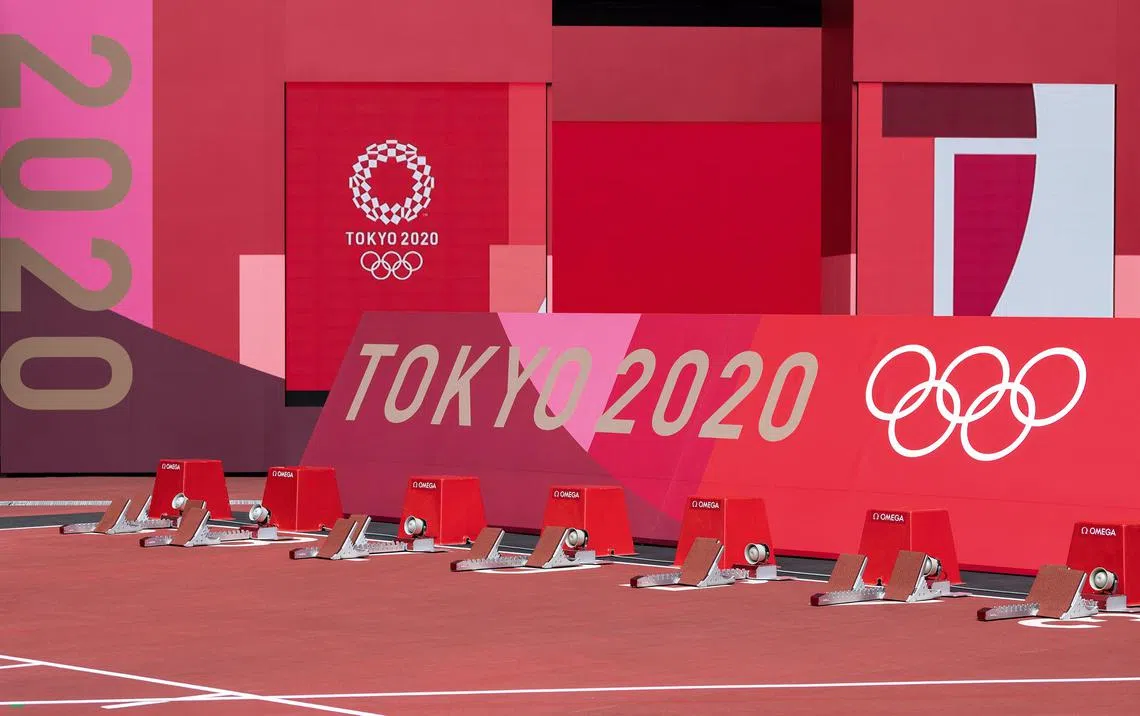
At the London 2012 Olympics, Omega introduced quartz-powered quantum timers that can measure time to a millionth of a second, rendering stopwatches obsolete.
This year, Omega will deploy state-of-the-art equipment including electronic photocells, starting blocks, electronic starting pistols, and the new Scan’O’Vision Ultimate, which replaces the older Scan’O’Vision Myria, which was launched at Rio 2016. This new photo-finish camera is capable of recording an impressive 40,000 images per second as each athlete crosses the finish line.
For Paris 2024, Omega will record all 329 Olympic events across 32 sports, operate 435 scoreboards at competition venues, and deploy 530 timekeepers and professionals to manage the equipment, the same number as at Tokyo 2020.
Two new watches for the Paris 2024 Olympics
Throughout its Olympic partnership, Omega has created numerous special edition watches to commemorate the Games, and this year is no different. The brand has unveiled two new models: A Speedmaster Chronoscope and a Seamaster Diver 300M, both bearing Olympic-themed design elements. Both are available in Singapore at Omega boutiques and retailers.
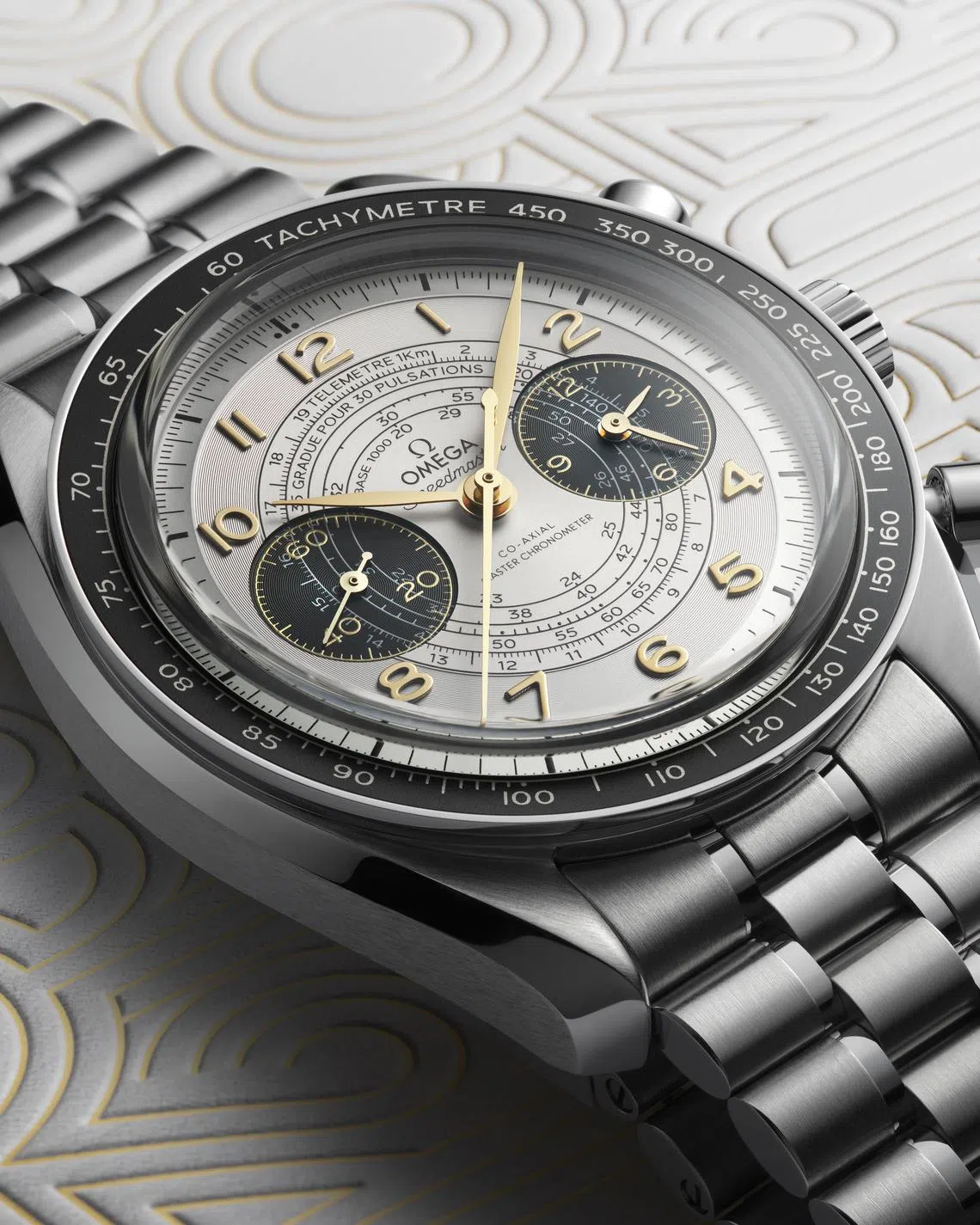
The Speedmaster Chronoscope Paris 2024 marries a vintage-inspired design with modern watchmaking. The 43 mm stunner is available in two versions, stainless steel and 18k Moonshine Gold – Omega’s proprietary gold alloy that has a more matte finish and is touted to be less prone to fading over time.
Its silvery-white opaline dial with black subdials create a striking panda-style look, with the three scales on the dial – tachymeter, pulsometer and telemeter – adding both functionality and visual interest. The two functions that users will probably get the most use out of are the chronograph (the subdial at 9 o’clock) and second time zone (the subdial at 3 o’clock), considering the six-hour time difference between Paris and Singapore.
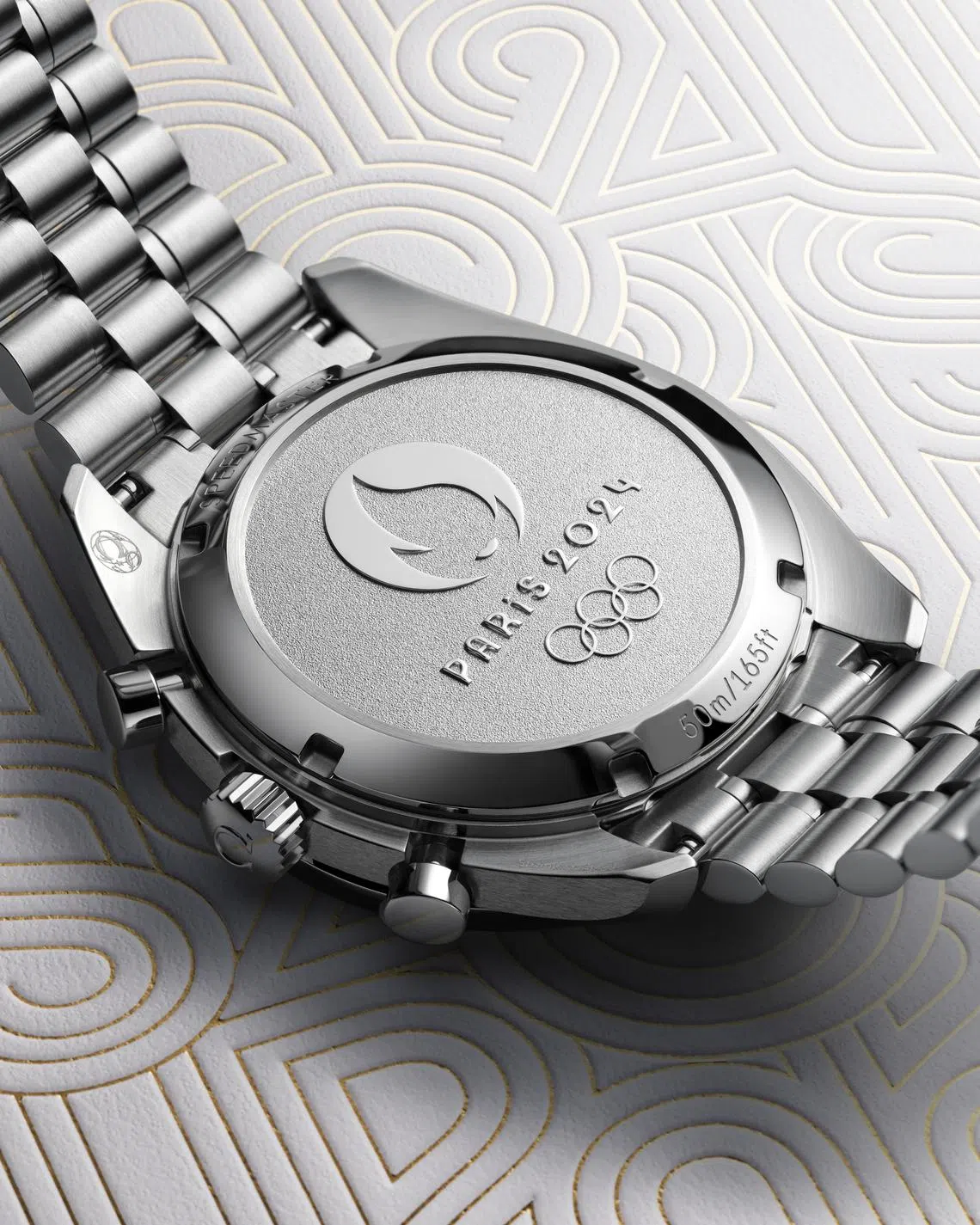
Powered by the manual-winding calibre 9908/9909, which is Master Chronometer-certified, this timepiece offers superb accuracy and reliability. The solid case-back is engraved with the Paris 2024 Olympics logo, serving as a lasting memento of the Games.
For those who prefer a sportier look, the Seamaster Diver 300M Paris 2024 special edition comes in a 42 mm stainless steel case, with an 18k Moonshine Gold bezel and a white ceramic dial. The dial itself is a work of art, with polished waves in positive relief set against a matte finish. Olympic touches abound, including a Paris 2024 emblem on the central second hand and the use of Paris 2024 typography on the date wheel.
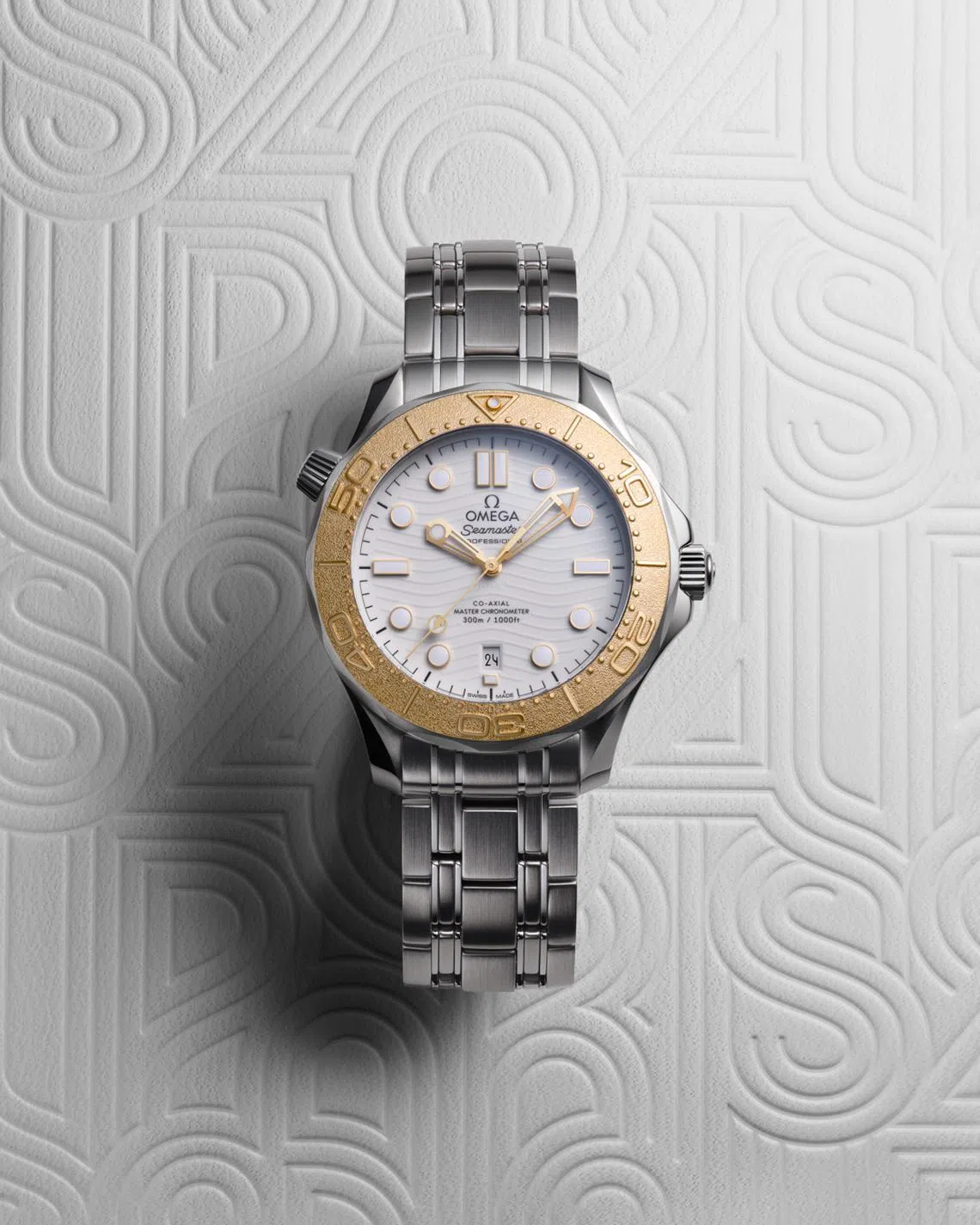
Powered by calibre 8800, which is also Master Chronometer-certified, the watch offers a 55-hour power reserve. Emphasising the Olympic connection are a Paris 2024 Moonshine Gold medallion inlaid in the solid case-back, as well as a series of “Nato” straps designed with the Paris 2024 typography and available in the five colours of the Olympic rings, plus a French tricolour (blue, white and red).
As we look beyond Paris 2024, Omega’s role in the Olympics seems secure. The brand has extended its partnership with the International Olympic Committee to 2032, which will mark a centenary of collaboration.
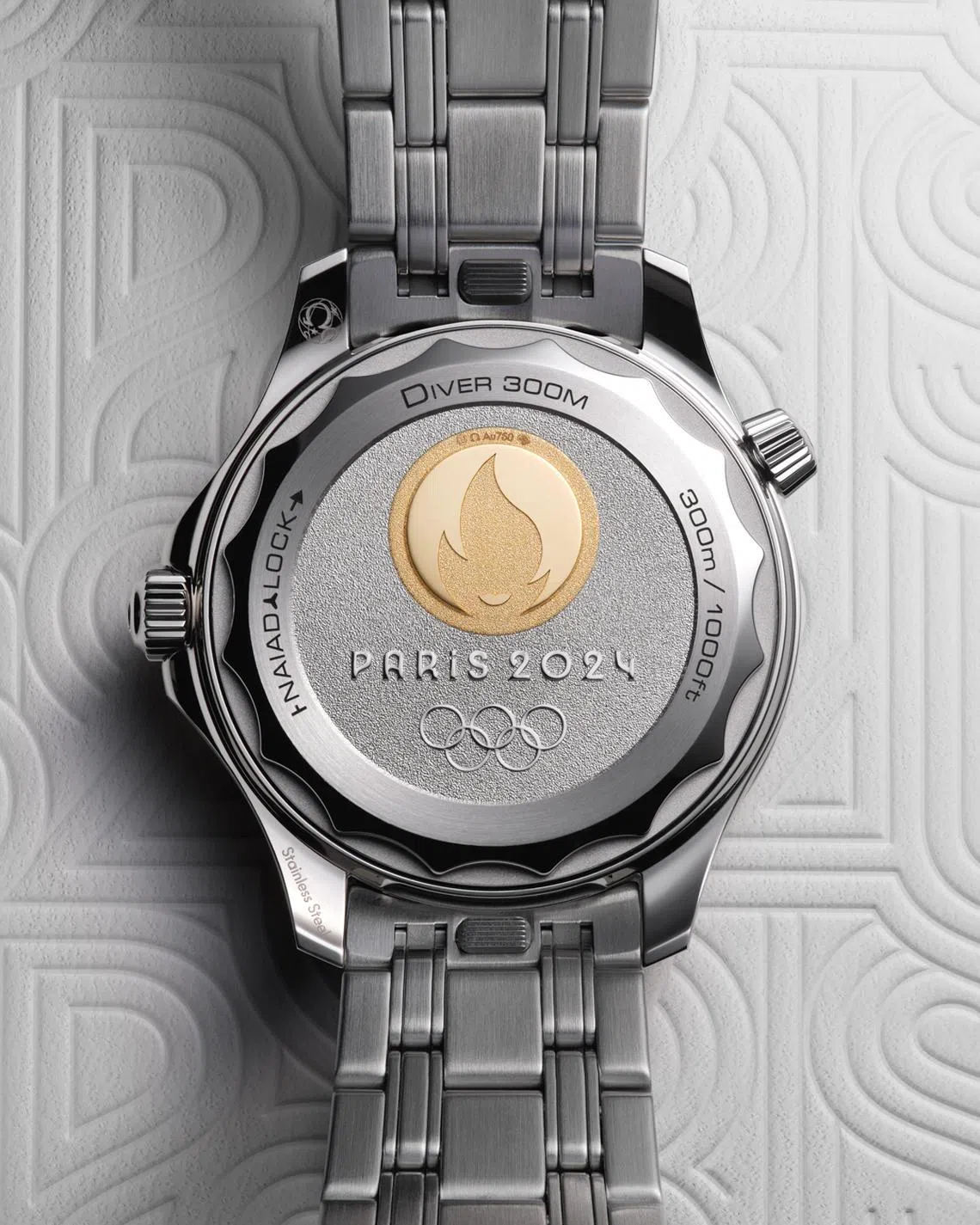
However, the nature of that role continues to evolve. With the rise of computer vision and artificial intelligence, it is possible that future Olympics may rely less on physical sensors and more on advanced image processing and predictive algorithms.
For now, as the countdown to Paris 2024 continues, Omega remains an integral part of the Olympic story. Its timekeepers and technologies will once again play a crucial role in determining winners and recording history. And for those so inclined, Omega’s commemorative watches will offer a tangible connection to the Games.
Decoding Asia newsletter: your guide to navigating Asia in a new global order. Sign up here to get Decoding Asia newsletter. Delivered to your inbox. Free.
Copyright SPH Media. All rights reserved.

